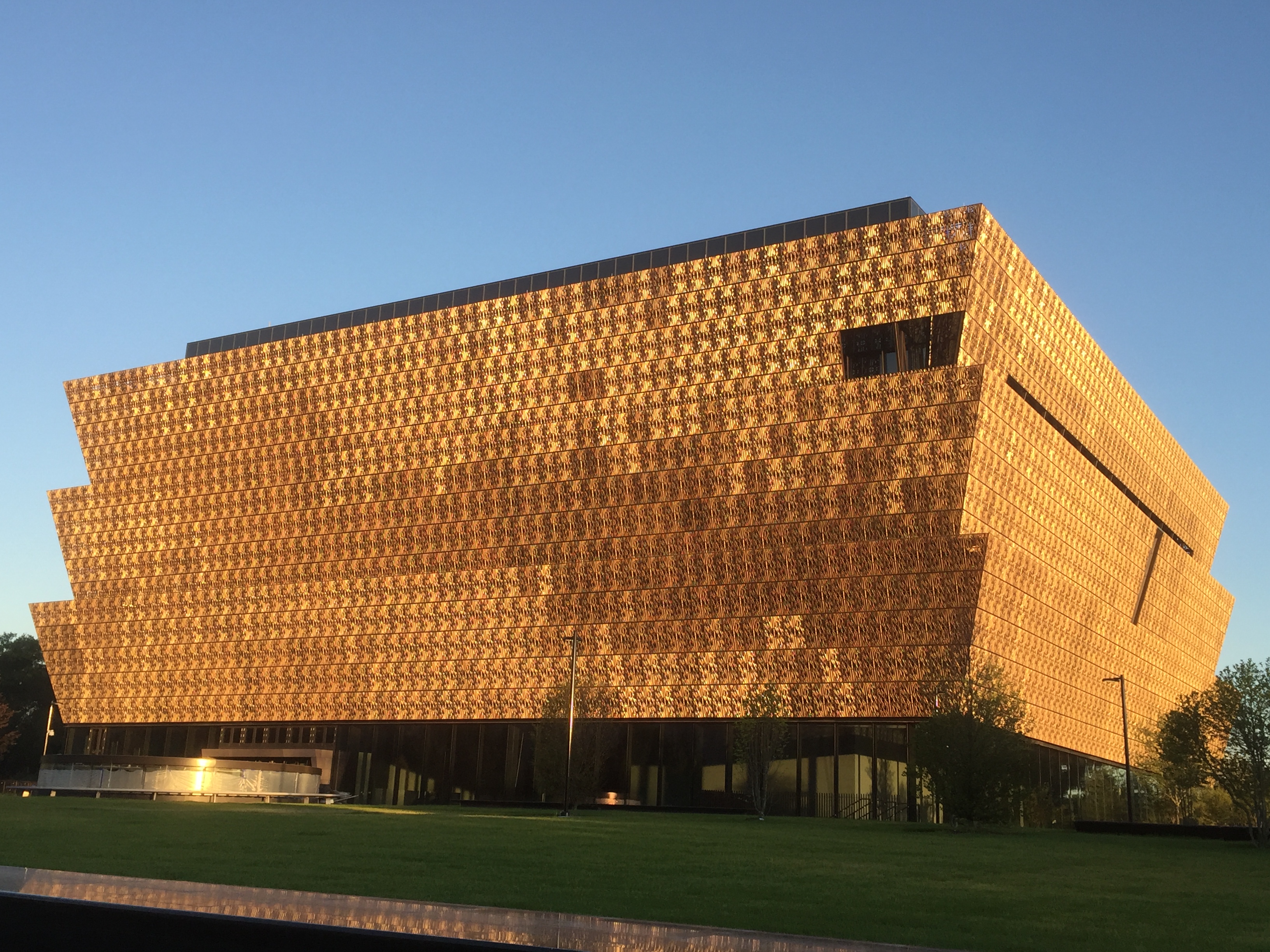On Saturday morning, I set out at 7:30 a.m. to catch the dedication ceremony for the new National Museum of African American History and Culture in Washington and the Freedom Sounds Festival that accompanied it. Having registered for tickets the first day they came out, I looked forward to seeing the exhibits there. But before I even left the campus, I found myself plagued with racially charged questions: “Why are you going, Max? You’re not even black. Why don’t you give your tickets to someone else?” These two questions almost made me doubt my reasons for going.
While I will not offer too many spoilers (you can find those in the diversions section of The Diamondback), my trip to the museum was quite transformative. The museum is set up chronologically so the basement floors begin with the history of African-American slavery, and as you progress up from each floor, you gaze through all the different eras of African-American history, from African-American roles in the Revolutionary War, to the Reconstruction and Jim Crow eras, to the culmination of modern African-American culture.
And sure, I am not black. I’m a Chinese-American, but it seems absurd that possessing such a racial identity would diminish my experience of the museum. In fact, being there for the opening, seeing and reading the exhibits and being able to live vicariously through them allowed me to gain a better appreciation for and a better connection to others.
This museum is a manifestation of the breadth of the human experience, and it is certainly not exclusive to a particular race. It’s not just an African-American history and culture museum. It is an American history and culture museum, and as various cultural heritages have influenced African-American culture, African-American culture has influenced others as well. Seeing the terrifying Ku Klux Klan robes and Emmett Till’s casket is an experience that teaches us the undeniable value of unity and cooperation in the face of tyranny and injustice.
It’s truly a lesson that still remains relevant today. If anything, these past couple of years have shown that institutional racism exists in this country, and it’s not just an “African-American problem;” it’s an American problem, one that requires equal action by all.
The idea that we shouldn’t be involved in African-American issues because of the different colors of our skin is absolutely ridiculous, and the idea that we can turn a blind eye to institutionalized racism and prejudice simply because it does not involve some of us is also absolutely ridiculous. So, if you’re harboring second thoughts of going to the museum because you aren’t African-American, trust me: Just do it. It’s well worth your time.
Max An is a senior physiology and neurobiology major. He can be reached at maxandbk@gmail.com.



